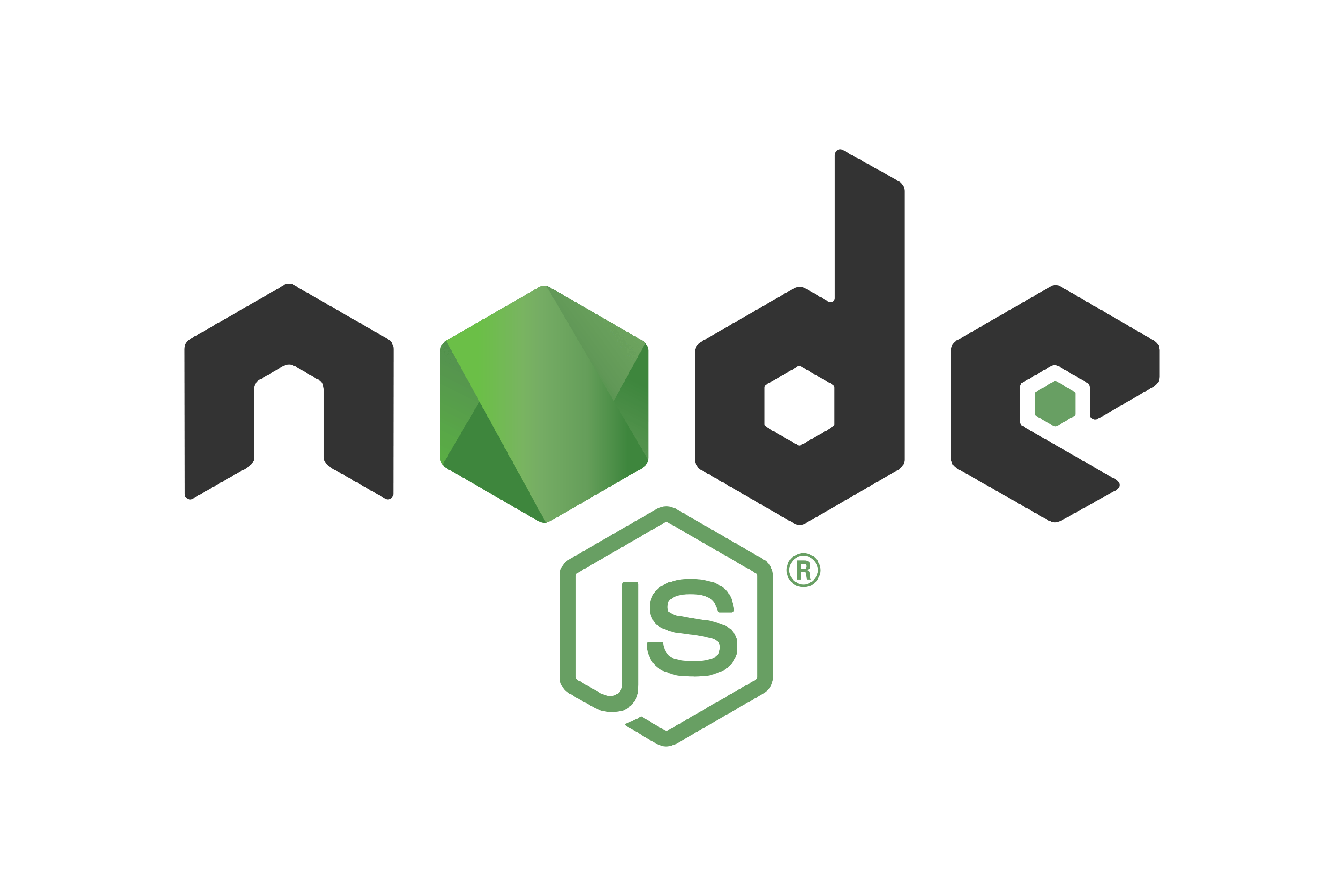≡ 分类 ≡
≡ 推荐 ≡
- 解决DPlayer由直播模式切换到点播模式时的bug
- PHP Token 认证机制实现
- PHP PDO预处理条件查询
- JavaScript 默认值设置方法
- Promise 的基本使用方法
- 完整支持TRUNCATE TABLE和其他SQL语句的导入方案
- Jquery+ajax返回的数据类型为script,且含有多个变量
- PHP类使用详解
- jQuery AJAX success 回调中的返回值处理
- PHP解压缩Gzip文件方法总结
- JavaScript Promise 用法详解
- PHP PDO 导出指定表数据(导入前清空表)
- PHP 中使用 try-catch 捕获错误信息
- JavaScript数组求平均值方法总结
- MySQL 5.7 忘记 root 密码解决方法
- HTML 图片异步加载
≡ 热点 ≡
- 用Javascript为图片img添加onclick事件
- 图解Windows Installer制作软件安装包
- 轻型数据库SQLite结合PHP的研发
- PHP之glob函数
- PHP代码优化及PHP相关问题总结
- 在没有MySQL支持的虚拟主机,在PHP中使用文本数据库
- DIY服务器硬盘RAID选用
- ISP如何在网内部署BGP路由协议
- Windows操作系统发展历史二
- 用PHP函数解决SQL injection
- 采集cz88.net免费代理的小程序
- Photoshop CS3:为美女刷出亮白牙齿
- Div+CSS:absolute与relative
- PHP CURL 发送和接收XML数据
- Fireworks打造热力四射手机广告
- 记录搜索蜘蛛爬行记录的Asp代码
JavaScript 默认值设置方法
作者:未知, 来源:网络, 阅读:263, 发布时间:2025-05-25
在 JavaScript 中,有几种常见的方式可以为变量或函数参数设置默认值:
1. 逻辑或操作符 || (传统方式)
let name = userInput || '默认姓名';
-
当
userInput为 falsy 值(如null,undefined,'',0,false,NaN)时使用默认值 -
缺点:会覆盖所有 falsy 值,有时可能不符合预期
2. 空值合并操作符 ?? (ES2020)
let name = userInput ?? '默认姓名';
-
只在
userInput为null或undefined时使用默认值 -
不会覆盖其他 falsy 值(如
0,false,'')
3. 函数参数默认值 (ES6)
function greet(name = '匿名用户', age = 18) {
console.log(`你好,${name},你今年${age}岁`);
}
4. 对象属性默认值
使用解构赋值设置默认值
const { username = '访客', level = 1 } = userObject;
使用 Object.assign()
const defaults = { color: 'red', size: 'medium' };
const settings = Object.assign({}, defaults, userSettings);
5. 数组解构默认值
const [first = 0, second = 0] = numberArray;
6. 使用 ??= 逻辑空值赋值 (ES2021)
let config = {};
config.timeout ??= 5000; // 只在 timeout 为 null/undefined 时赋值
实际应用示例
// 用户设置合并默认设置
function getUserSettings(userSettings) {
const defaults = {
theme: 'light',
notifications: true,
itemsPerPage: 10
};
return { ...defaults, ...userSettings };
}
// API 响应处理
async function fetchData() {
try {
const response = await fetch('/api/data') ?? { data: [] };
const { data = [] } = await response.json();
return data;
} catch {
return [];
}
}
注意事项
-
||和??的区别:-
||对任何 falsy 值都会触发默认值 -
??只在null或undefined时触发
-
-
函数参数默认值只在参数为
undefined时生效,null不会触发 -
现代 JavaScript 开发推荐使用
??而不是||来设置默认值,因为它更精确
以下是用户评论查看全部评论



